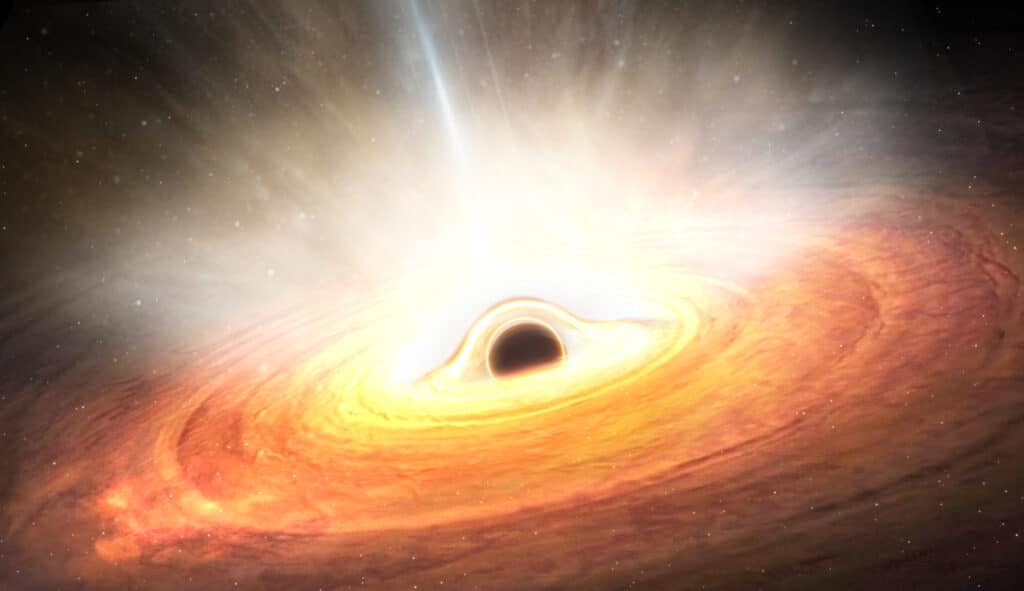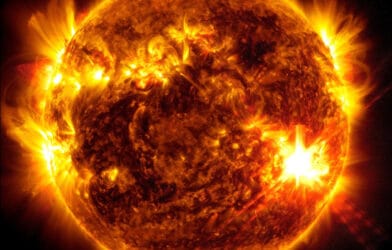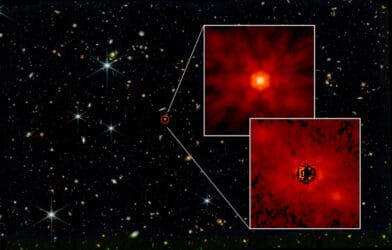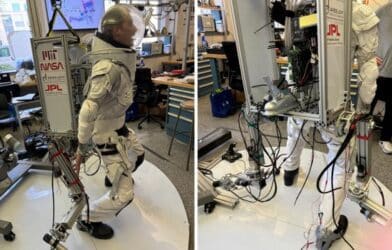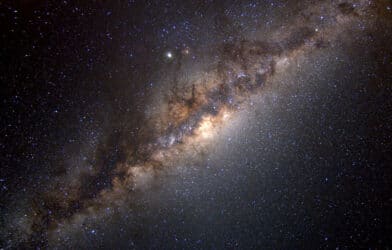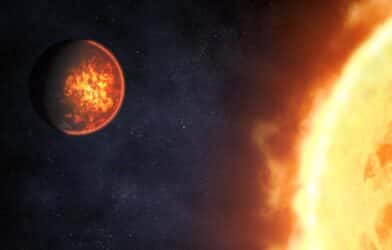Nearly everything that falls into a black hole is lost forever, crushed into an infinitesimally small point at the center called a singularity. But not everything is doomed. The swirling disk of gas and dust that orbits a black hole, known as an accretion disk, provides a stage for some of the universe’s most dramatic pyrotechnics.
Every now and then, as material in the accretion disk sloshes and churns, it sparks a brilliant flare. These outbursts can briefly outshine entire galaxies. While astronomers have observed these flares for decades, their exact structure and evolution have remained a mystery.
Now, a team of researchers from California Institute of Technology has developed a new computational technique to peel back the curtain on these enigmatic eruptions. By applying cutting-edge algorithms to data captured by the Atacama Large Millimeter/submillimeter Array (ALMA) in Chile, they have created what could be considered the first “3D movie” of a flare unfolding near a supermassive black hole. The exciting findings have been published in the journal Nature Astronomy.
“This is the first three-dimensional reconstruction of gas rotating close to a black hole,” says study co-author Katie Bouman, assistant professor of computing and mathematical sciences, electrical engineering and astronomy at Caltech, in a media release.
The black hole in question is none other than Sagittarius A* (Sgr A), the colossal monster at the heart of our own Milky Way galaxy, with a mass 4 million times that of our Sun. In April 2017, ALMA caught Sgr A in the act, detecting distinctive patterns in the polarized light emitted during a flare.
Normally, reconstructing a 3D scene requires viewing it from multiple angles. That’s how our two eyes give us depth perception and how CT scans build 3D images by rotating an X-ray camera around a patient. But Caltech researchers realized they could substitute time for additional viewing angles. As the hot spot orbits the black hole, we see it from different perspectives. By carefully tracking these changes over time, it becomes possible to reconstruct a 3D “movie” of the flare.
The technique, named “orbital polarimetric tomography,” allowed researchers to map out the flare’s structure and evolution, despite only having a single vantage point on Earth. Their analysis suggests the flare is composed of a turbulent, expanding bubble of hot gas, likely triggered by magnetic reconnection events, a bit like the solar flares that erupt on our own Sun.
This pioneering work offers a tantalizing preview of a new era in black hole imaging. By combining the time resolution of ALMA with the angular resolution of the Event Horizon Telescope (which recently produced the first image of Sgr A*), astronomers may soon be able to create detailed 3D reconstructions of flares and other dynamic processes happening right on the edge of black holes.
Researchers note that their technique relies on certain assumptions about the black hole environment, like the shape of the magnetic fields and the motion of the hot gas. Further observations will be needed to refine and validate these models. But the ability to reconstruct 3D dynamics from limited data is a powerful tool that could have applications well beyond black hole astrophysics.
Studying flares can teach us a lot about extreme physics. The gas in these eruptions is heated to billions of degrees, far hotter than the core of the Sun, in a region of intense gravity and magnetic fields. By understanding how flares form and evolve, we can gain insights into the complex interplay of forces that shape the environment around black holes.
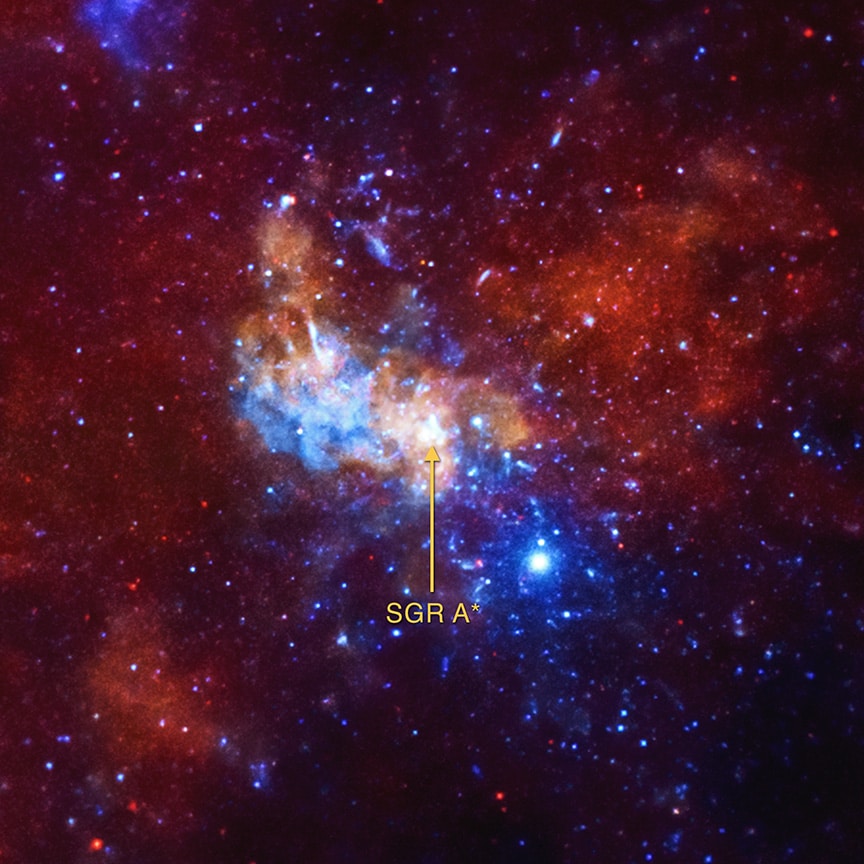
Moreover, flares may play a role in how black holes feed and grow over cosmic time. Some of the energy from these eruptions could be channeled into jets of plasma that shoot out at nearly the speed of light, potentially influencing star formation and galaxy evolution on vast scales.
“This is a really interesting application of how AI and physics can come together to reveal something that is otherwise unseen,” says lead study author Aviad Levis, a postdoctoral scholar at Caltech. “We hope that astronomers could use it on other rich time-series data to shed light on complex dynamics of other such events and to draw new conclusions.”
For now, the 3D reconstruction of the Sgr A* flare remains somewhat crude, like a low-resolution flipbook. But it’s a promising start. As observatories like ALMA and the EHT continue to sharpen our view of black holes, orbital polarimetric tomography could open a new window onto some of the most enigmatic and dynamic phenomena in the cosmos.
